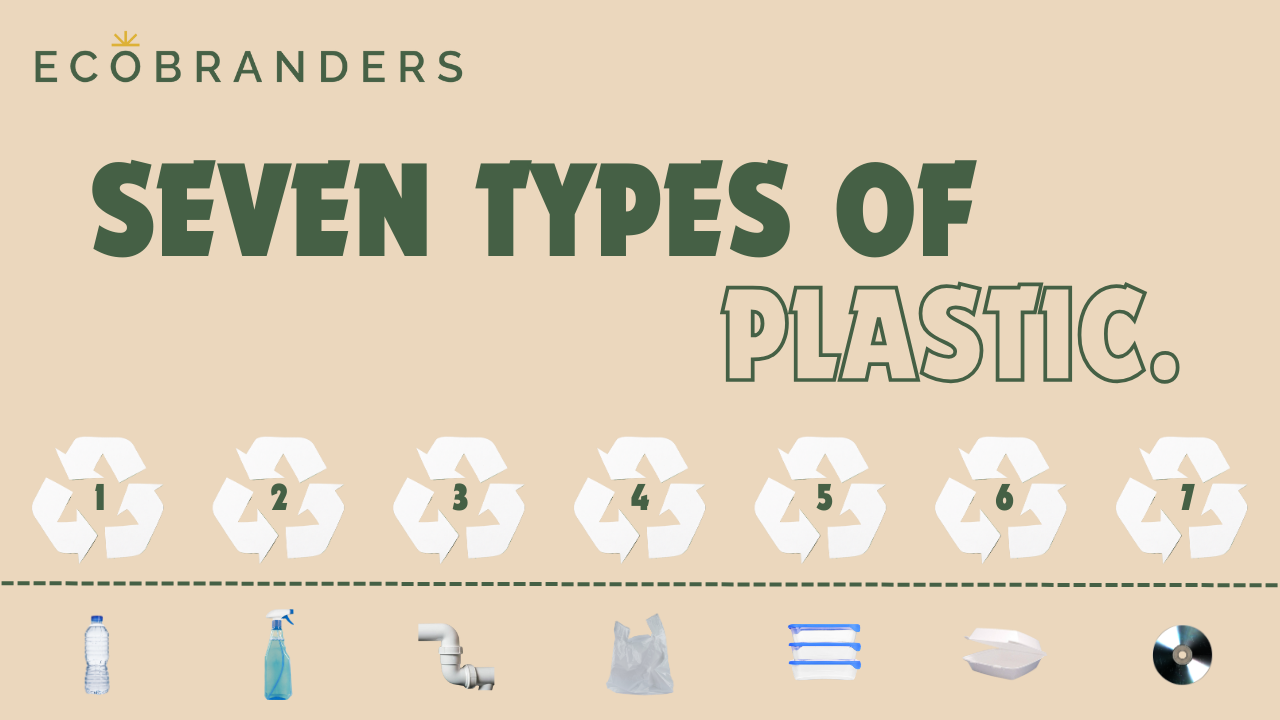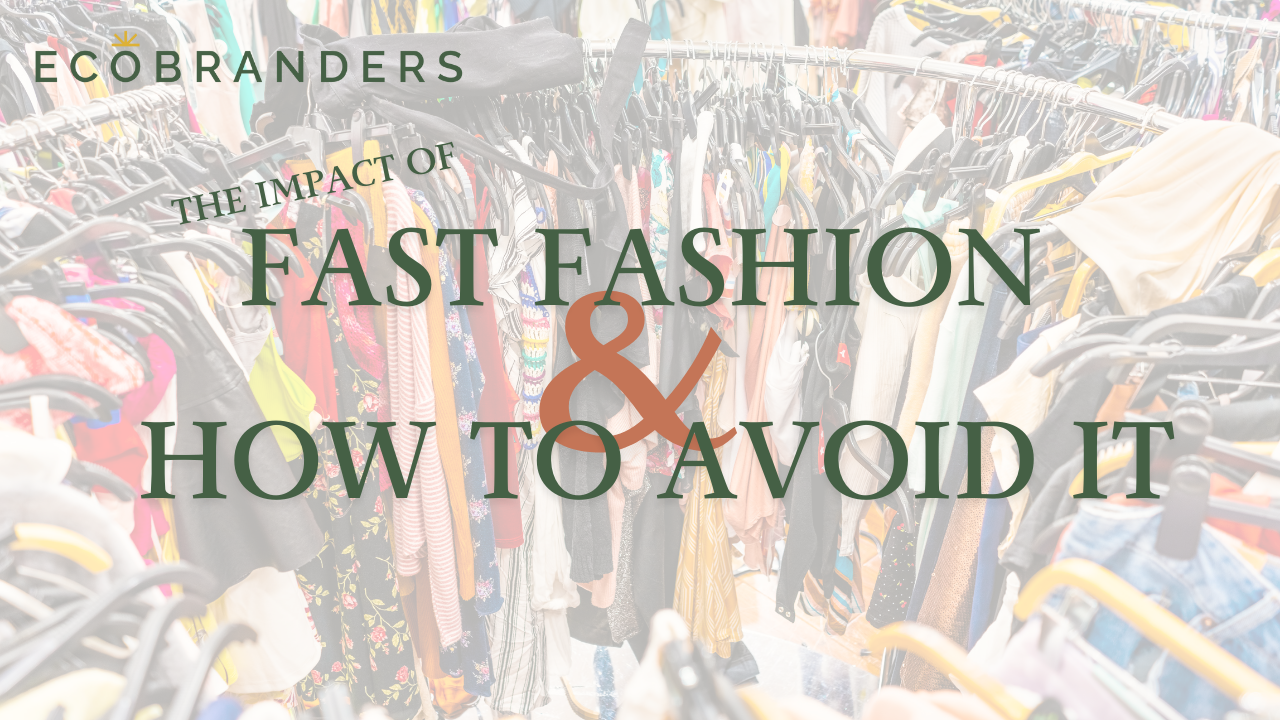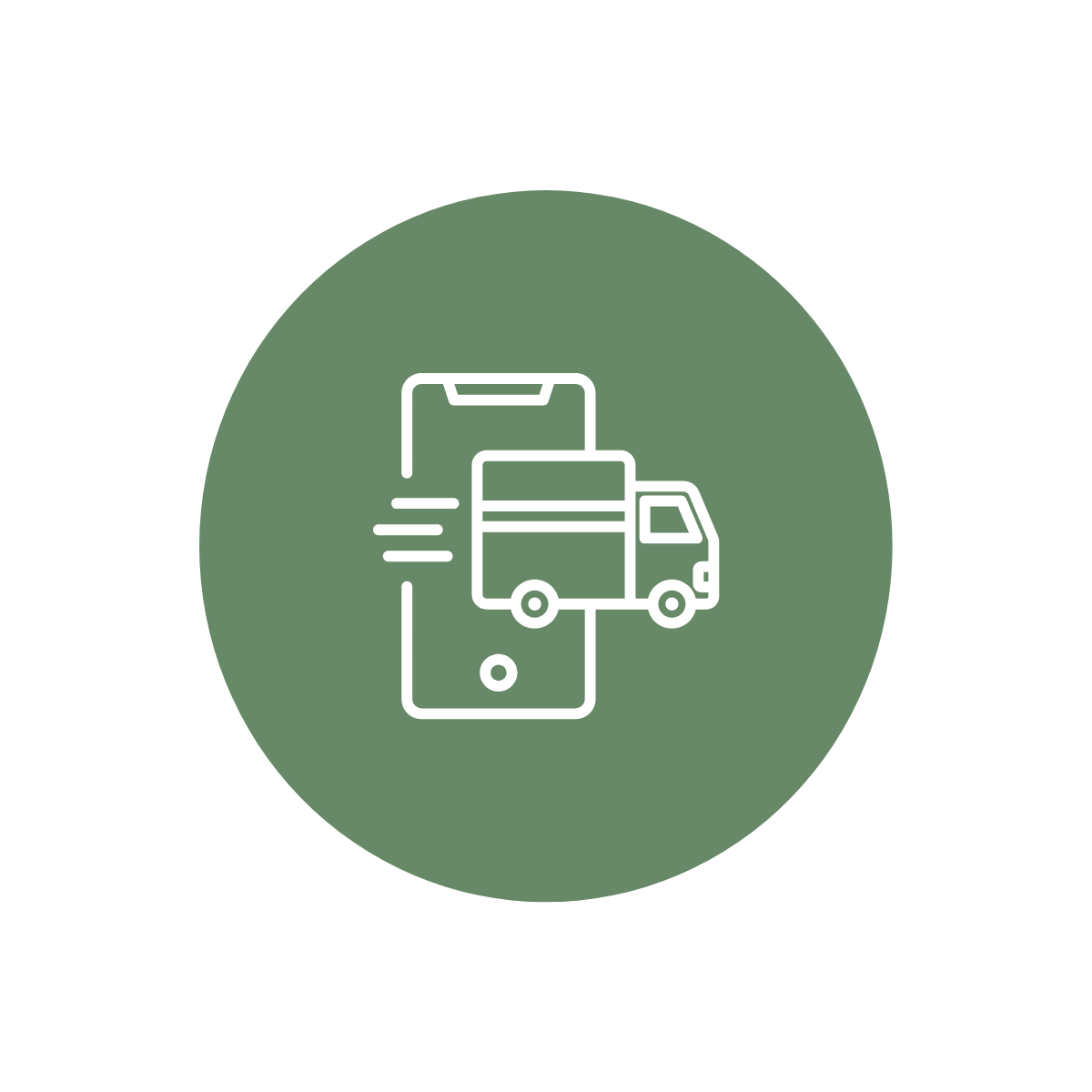In 1988, the Society of the Plastics Industry introduced the Resin Identification Code (RIC) system which divided plastic resins into 7 different categories.
*plastics that are highly recyclable
Group 1 – PET*
Polyethylene Terephthalate is the most used plastic and is mainly used for food and drink packaging - this plastic is usually picked up through most curbside recycling programs.
Fact: PET bottles are the most widely recycled plastic in the world.
Group 2 – HDPE*
High-density polyethylene is used for grocery bags, milk jugs, recycling bins, lids, and shampoo bottles. HDPE is stronger and thicker than PET and can withstand temperatures up to 120 °C (which is why it is also found in playground equipment and agricultural pipe). It is one of the easiest plastic polymers to recycle and is accepted in most recycling centers worldwide.
Group 3 – PVC
Polyvinyl Chloride comes in two basic forms: rigid and flexible, and is the world's third-most widely produced synthetic plastic polymer. In its rigid form, PVC is largely used in the building and construction industry.
PVC is hardly recyclable and should therefore be avoided.
Group 4 – LDPE*
Contrary to High-Density Polyethylene, Low-Density Polyethylene gives resin a thinner and more flexible design due to its low-density molecules. It is used in plastic bags, six-pack rings, various containers, dispensing bottles, and most famously for plastic wraps. LDPE is not often recycled through curbside programs but certain forms are accepted as a “Store Drop-off”. Most major grocery store chains such as Safeway, Whole Foods, and Sprouts as well as retailers such as Kohl’s and Goodwill offer special recycling bins for plastic wraps, bags, and films. Visit How2Recycle.info for more information or skip right to their Store Drop-off Locations page to find a store near you. You will find a direct link below this video.

Group 5-PP*
Polypropylene is the second-most widely produced commodity plastic. It can withstand high temperatures and is found in Tupperware, yogurt containers, car parts, thermal vests, and even disposable diapers. It is often recycled curbside.
Group 6 – PS
Polystyrene, a.k.a Styrofoam, can be solid or foamed, and is found everywhere - in beverage cups, insulation, packing materials, egg cartons, and disposable dinnerware. It is highly inflammable and dangerous as it can leach harmful chemicals, especially when heated, which is a common occurrence in to-go cups and take-out containers.
Environmentally, it's among the worst types of plastic. It does not biodegrade, and in foam form, scattered through the wind and floating on water, animals mistake it for food causing serious illness or death. Polystyrene is not accepted in curbside collection but is accepted by certain drop-off facilities; however, despite being accepted it is rarely recycled due to several reasons (lack of infrastructure, often highly contaminated, and high processing costs compared to its low market value). To sum it up, Styrofoam is a giant flashing sign saying “Do Not Use Me”.
Group 7 – OTHER PLASTIC
If plastic cannot be identified in any of the first 6 groups, then it will be included in group number 7. The best-known plastics of this group are polycarbonates (PC). Polycarbonates are commonly used for eye protection such as in sunglasses, sports and safety goggles. They can also be found on mobile phones and, more frequently, in compact discs (CDs).
The use of these resins has been controversial due to the hazardous chemical, bisphenol A, (BPA, a compound that is on the list of potential environmental hazardous chemicals) released when sitting in high temperatures. BPA does not break down or decompose, meaning this chemical will be persistent in the ground and will eventually find its way into our waters contributing to contamination and pollution. On top of this, plastics in this group are essentially never recycled.
(image courtesy of Plastics For Change)

















